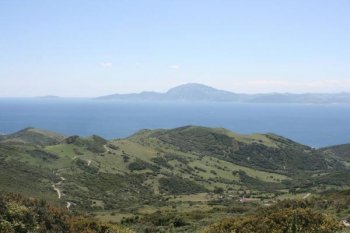H2020 AQUACROSS Case Study 7 - Biodiversity management for rivers in the Swiss Plateau
Submitted by H2020 AQUACROSS on 28 March 2018Freshwater ecosystems in the Swiss plateau are threatened by multiple stressors that deteriorate water quality and hydromorphology. This is the result of channelization, dams, wastewater, and agriculture, among other causes. To restore these ecosystems and stop the biodiversity decline, multiple management measures will be implemented over the next decades. We propose methods for prioritising the location and timing of restoration measures to maximise their effectiveness, considering many sectors and multiple societal objectives.








